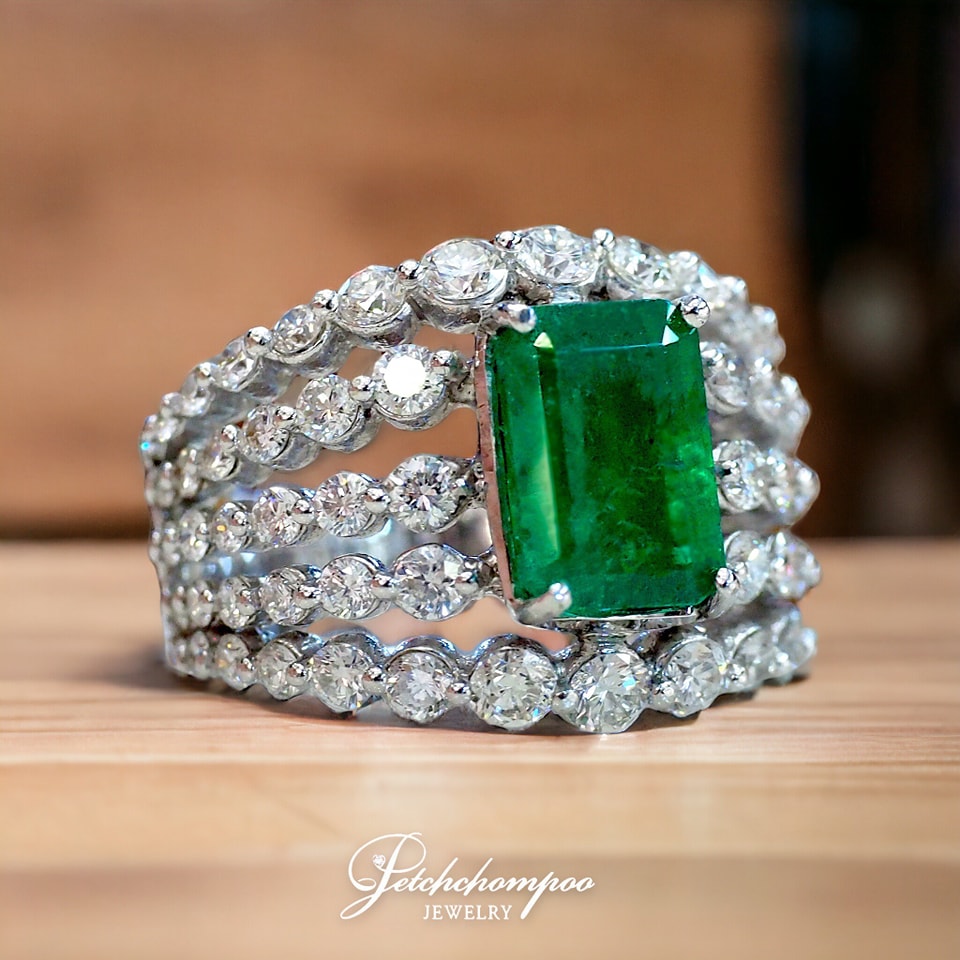Unveiling the Truth: Where Do Emeralds Come From? Zambian vs Colombian Emeralds – What’s the Difference?
When it comes to green gemstones that symbolize wealth and prosperity, emeralds are second to none. Their mesmerizing beauty is undeniable, and beyond aesthetics, emeralds are also believed to bring good fortune and spiritual well-being to those who wear them. But where exactly do emeralds come from? And what sets Zambian emeralds apart from those found in Colombia? This article breaks it all down for you.

Where Do Emeralds Come From?
Emeralds are a variety of the mineral beryl, which comes in several colors. When beryl is green, it's called emerald. Other beryl colors include pink (called morganite) and blue (called aquamarine). The green hue in emeralds comes from trace amounts of chromium and vanadium.
Are emeralds expensive? Among beryl stones, emeralds are the most valuable and sought-after due to their rich color and rarity. They are globally recognized as one of the most precious gemstones.
Here’s something many people don’t know: Natural emeralds almost always contain inclusions. Finding one without any flaws is extremely rare and may even raise suspicion. Collectors typically look for emeralds with minimal but natural inclusions as a mark of authenticity.
In astrology, emeralds are associated with Mercury and are believed to enhance intelligence, business success, wealth, and emotional stability.

Zambian vs Colombian Emeralds – What’s the Difference?
The main difference lies in the shade of green. Zambian emeralds tend to have a deeper, richer green due to a higher concentration of iron. They also typically have fewer inclusions than Colombian emeralds, giving them a cleaner appearance.
On the other hand, Colombian emeralds, mined in Colombia—one of the world’s most famous emerald sources—are renowned for their vivid, slightly lighter green hue, with a glowing internal brilliance.
Emerald Crystal Structure
Emeralds typically form in hexagonal crystal structures and are transparent to translucent. A rare form of emerald known as Trapiche emerald features a unique radial star-like pattern. This formation does not follow the regular hexagonal shape but instead shows distinct spoke-like lines. These rare emeralds are currently found only in Boyacá, Colombia. When cut and polished into cabochon shapes, they exhibit a dazzling and highly collectible appearance.

Emerald vs Jade – What’s the Difference?
A common question: Are emeralds and jade the same? The answer is no. Here’s the breakdown:
-
Emeralds are typically clear with minimal patterns, while jade often displays marbled patterns or cloudy textures.
-
Emeralds have a higher clarity, often revealing internal inclusions, whereas jade tends to be more opaque.
-
In terms of hardness, emeralds rank at 7.5–8 on the Mohs scale, while jade is slightly softer at around 6–6.5.
This in-depth guide hopes to shed light on things many people never knew about emeralds: their origins, differences between Zambian and Colombian varieties, and even how to distinguish them from jade. If you’re planning to buy emerald jewelry—rings, necklaces, bracelets, earrings, etc.—understanding these details is crucial.
Beware of imitations, as synthetic emeralds are increasingly sophisticated and difficult to spot. Always choose a reputable jeweler to ensure you're getting the real thing.